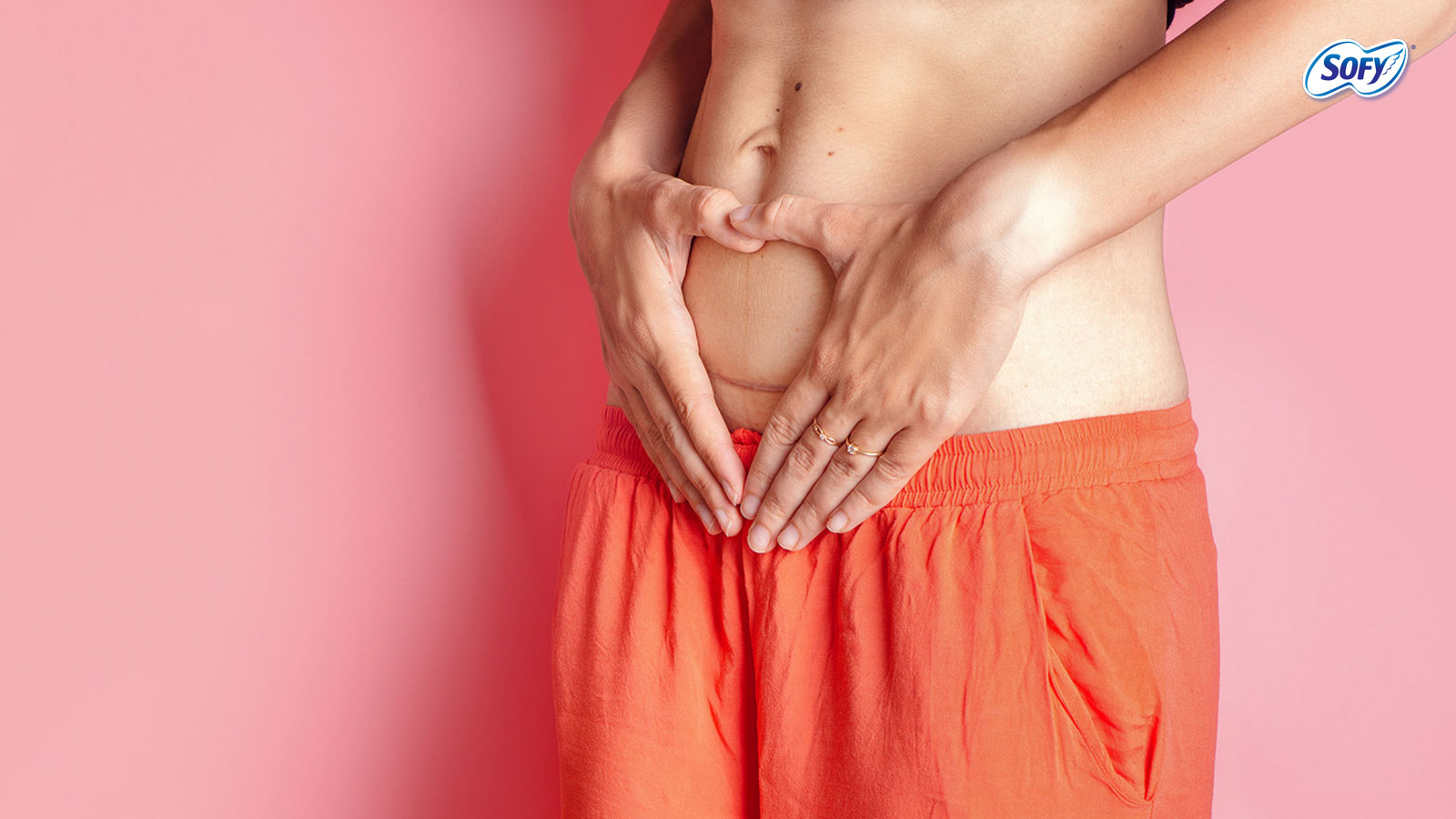It is absolutely normal for a new mother to experience different types of aches and pains after having delivered her baby. But despite the fact that for most women these pains do subside after some time, a lot of women do continue to experience them for months on end, post the delivery as well.
Here are the different kinds of postpartum pains that a new mother can experience post the delivery of her child and methods on how she can manage the pain as well.
Breast Pain
Of the many pains that a mother has to face post the delivery of her baby, the most common of them all is breast pain. Due to the filling up of the breast with milk, the breasts tend to get enlarged and tender. A day or 3 days post-delivery, women develop engorged breasts due to which many of them might feel pain on a frequent basis.
This engorgement is mainly due to the fact that excess milk is stored in the breast. Heaviness in the breasts could very well also be the cause of back pain post-delivery.
Dealing with it
Nursing often can help the consumption of excess breast milk. Breastfeeding is one solution that can very well be able to reduce the breastmilk content and making them less swollen and less tender as well. Feeding your baby every 3 hours will help tremendously. A gap between feeding time of 4-5 hours will result in the further engorgement of the breasts. Breast pumps will also reduce engorgement.
Contractions
Contractions post the delivery of a baby might sound weird, but it is a very common pain that you might feel. This is because post the delivery of your child, your uterus is contracting back to its normal size. Breastfeeding might also trigger contractions. The good thing here is that these contractions, more often than not, last only for a few days.
Dealing with it
Start going to the loo more often to urinate. This helps to a great extent in controlling the contractions. Also increasing the frequency of feeding your baby can help to a large extent. Practice relaxation techniques and breathing exercises to alleviate the pain. If nothing helps, have a word with your doctor to help you with any pain medication that he/she might find the need to give you.
Itches in the C-section Scar
Itching essentially points to the healing of the C-section scar and this is a good thing. It is also very common for anyone who has undergone a caesarean surgery to get their baby delivered. As the scar continues to heal, the itching also decreases and eventually goes away. What could be a rare cause of the itching of the scar could be an infection or merely dry skin.
Dealing with it
The first thing you need to remember is that under no circumstances should you scratch the scar even if it itches like anything. Know to keep in mind that the more it heals, the itchier it will get, so keep your hands to yourself. An ice pack could very well help with the irritation but do not use it on the scar spot for more than a few minutes. If in case you start to notice that the scar seems to be infected or has pus in it, you need to go to the doctor immediately. Always make sure that you follow-up on all your postpartum check-ups to ensure that you are healing in the best way possible.












